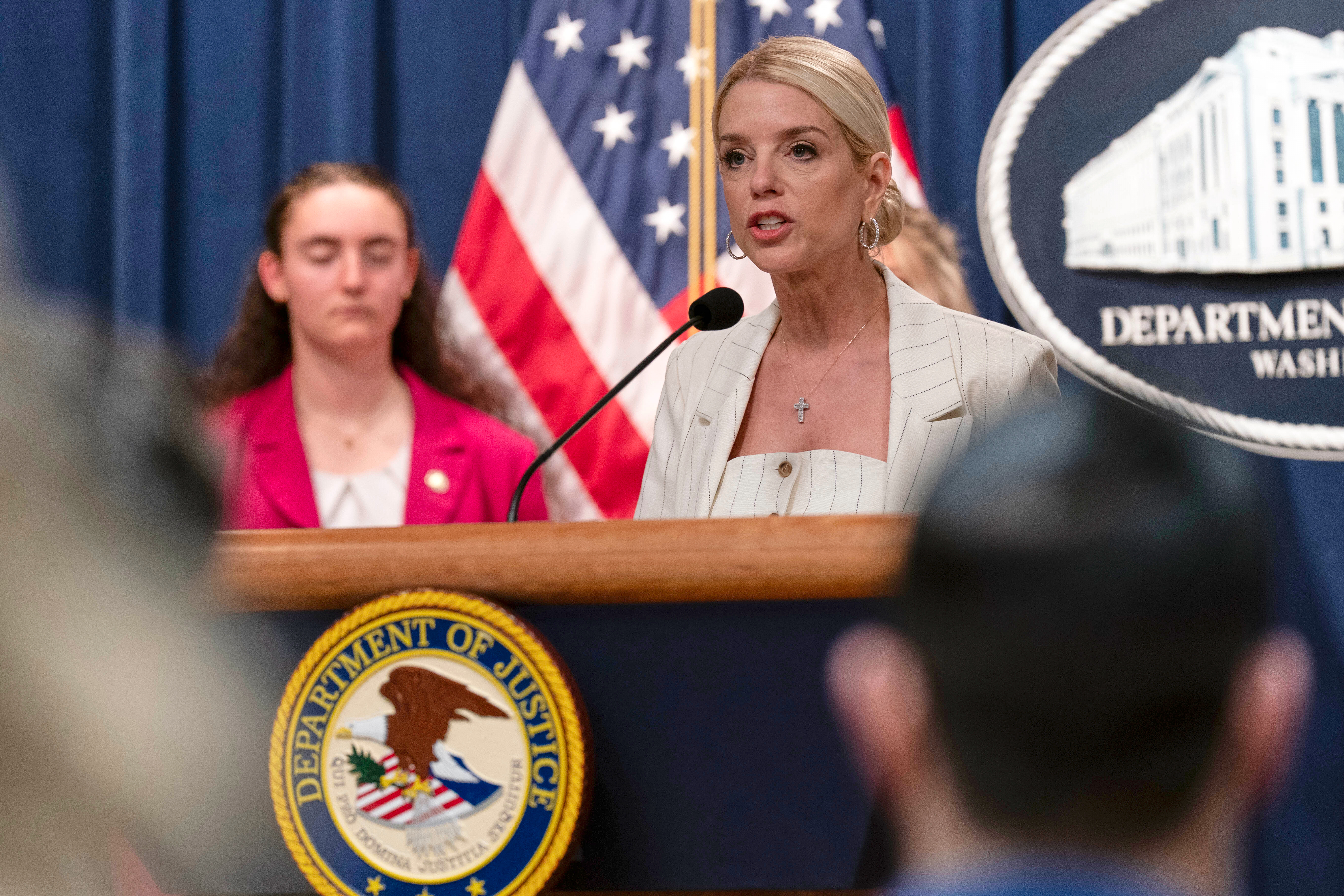Bird flu has been killing birds for decades. Strains of the virus have been detected in birds since 1996, with serious outbreaks in 2004 and 2005. But the current outbreak is the worst Avian flu in U.S. history.
It began in February of 2022 when the U.S. Department of Agriculture detected the strain on a midwest poultry farm.
"A finding of highly pathogenic avian influenza and a commercial turkey flock in Indiana," said Dr. Rosemary Sifford, USDA’s chief veterinary officer.
The USDA's national coordinator for Animal and Plant Health Inspection Services, Julianna Lenoch, said "we advise all backyard and poultry producers to practice standard biosecurity and enhanced biosecurity right now with the knowledge that we do have virus circulating."
Since then, the USDA says almost 59 million birds in the U.S. have either died from bird flu or been slaughtered in an effort to stop the spread.
One measure to prevent infection has been to keep poultry indoors, a practice used at Cabalo Orchard and Gardens in Kuna, Idaho.
"Started off the year as normal at a normal time with 600 birds. They had not even left the brooding barn yet the bird flu came into the area. We didn't dare let them outside," said owner Cathy Cabalo.

Easter to be impacted by price inflation and shortages
More communities across the country are looking at rules and regulations for having backyard chickens to avoid paying high egg prices.
William McDonough, a falconer near Parrish, Colorado, lost his beloved falcon Vesta to the disease.
"It was on Monday when she was flying on that perch. I noticed Wednesday that she was sick."
He called the veterinarian immediately.
"The earliest she could see me was at 9:30 Thursday morning, and Vesta died by 10:30 on her exam table," McDonough said.
The disease has killed millions of egg-laying hens on chicken farms across the country, helping send the price for eggs sky-high.
"We get 5-6 cases a week. 30 dozen in a case. So a 150-180 dozen eggs a week," said Randy Mancini, the owner of Keystone Grill in Colonial Heights, Virginia. "Usually each case is $60. Right now its $180. It got as high as $190 — so right now it's hurting us."
But the bigger danger is if the disease spreads between people. Scientists have detected the virus in at least 30 species.
"Increasingly we're finding it in other animal populations, most worryingly mammals. And that raises our concerns about its potential future ability to infect humans," said Jennifer Nuzzo, the director of the Pandemic Center and professor of Epidemiology at the Brown University School of Public Health.
So far, the World Health Organization has documented 240 worldwide who have contracted the disease. More than half died.
In previous outbreaks, pigs have served as a bridge from animals to humans, mixing bird flu with strains more infectious to people.
"The good news with the current H5 strain is it's all over the place and we haven't seen human to human infection. We need to continue our surveillance and be on high alert," said Scott Hensley, a professor of microbiology at Perelman School of Medicine at the University of Pennsylvania.
Scientists are working to develop a vaccine for humans.
"What we've done in our lab is we've made a single monovalent HA MRNA vaccine completely match to that strain circulating — gives great antibody responses in mice. We're now working with a group in St. Jude to test that vaccine in ferrets," said Hensley.
But he and other experts say the world would be severely challenged if bird flu started spreading between humans like COVID.
One issue is mass production of a vaccine. It could depend on chickens to lay eggs and those chickens would be at risk of bird flu.
"Our world is not ready for another pandemic," Hensley said.










